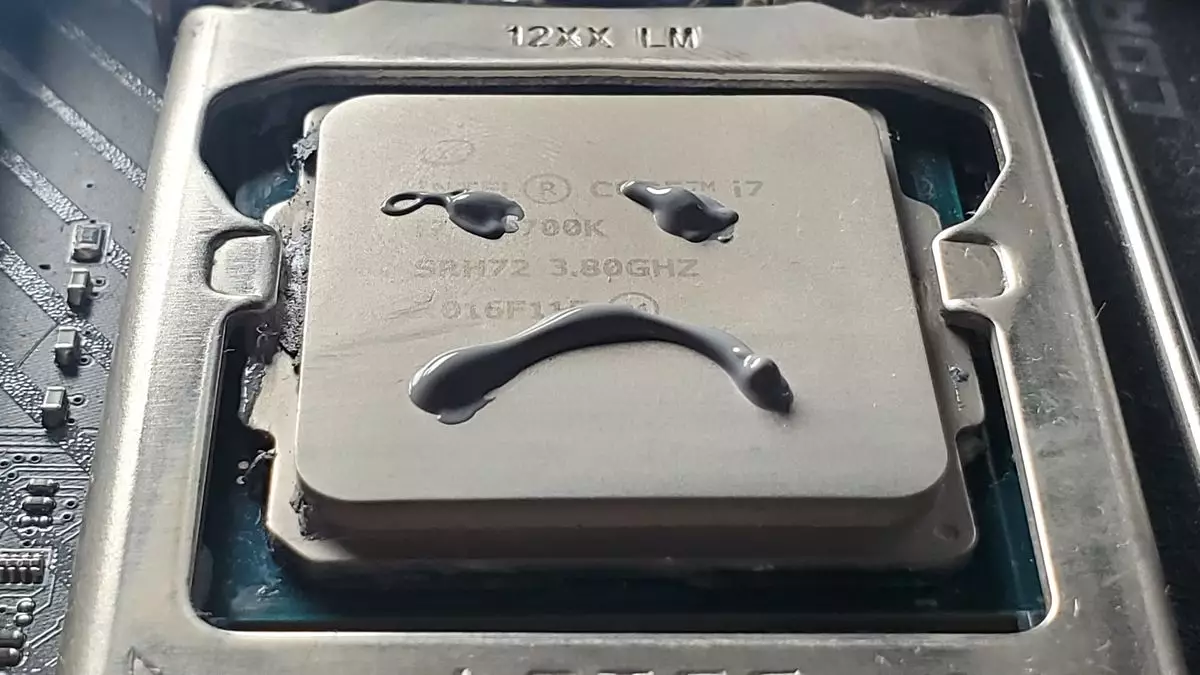When it comes to building or upgrading a computer, the choice of thermal paste often gets overlooked. However, understanding the nuances of thermal interface materials can significantly affect cooling performance and, subsequently, the lifespan of your hardware. As more users turn to custom rigs, the launch of Igor’s Lab’s “world’s first interactive thermal paste database” represents a much-needed tool for enthusiasts aiming for optimal performance.
Thermal paste, a seemingly simple material, acts as an essential interface between your CPU or GPU and its cooler. It fills microscopic imperfections on the surfaces of these components to improve heat transfer, facilitating efficient cooling. However, preferences for consistency—be it runny or thicker formulations—can vary vastly among users. This subjectivity often complicates the selection process when faced with the overwhelming variety of products on the market.
The importance of selecting the right thermal paste cannot be overstated. Not only does it impact thermal conductivity, which is critical for effective heat dissipation, but it also affects the ease of application and longevity of the cooling solution. Consequently, a shopper can find themselves in a labyrinth of options, where marketing claims might cloud objective decisions.
Igor’s Lab has positioned itself as a knight in shining armor for the beleaguered PC builder. The database provides real-world testing data as opposed to relying solely on manufacturer specifications, which can often be inflated or misleading. Igor’s assertion that the results challenge many manufacturers’ marketing claims is crucial for DIY builders. Too often, users are misled by the glossy packaging and catchy names that surround thermal compounds.
Developed with meticulous attention to industry standards, the database introduces a level of transparency and reliability that is rare in consumer technology. This real-world data allows users to assess thermal pastes across multiple criteria, including thermal conductivity, viscosity, and suitability for specific applications—factors that can greatly influence a system’s performance.
One of the standout features of Igor’s Lab database is its accessibility. Users can filter results based on their skill level—perfect for novices who might prefer a paste that is easy to work with. More experienced builders can narrow their search to products that accommodate their knowledge base and specific application requirements. This tailored approach signifies an understanding of the diverse needs within the PC building community.
Moreover, the ability to compare multiple products side-by-side further enhances the decision-making process. Users can dive into comprehensive specifications, gleaning insights not only from the manufacturer’s claims but also from real-world performance data. Graphical representations of temperature variances provide an intuitive way to interpret how different pastes handle heat under comparable conditions.
While the database is a remarkable tool, there are elements that could enhance its functionality. For instance, the organization of the viscosity column could be improved to reflect logical ordering based on actual viscosity metrics rather than alphabetical arrangement. This minor tweak would streamline the user experience significantly. Additionally, the pagination of long tables could be frustrating for users seeking quick comparisons.
Perhaps most notably, the introduction of price comparisons could provide an even greater practical benefit. Users often operate within budget constraints, and knowing the price-to-performance ratio could significantly influence choices. This addition would not only enhance the usability of the database but also empower users to make informed financial decisions.
Igor’s Lab’s interactive thermal paste database is an invaluable resource in the ever-evolving field of PC building. The detailed, real-world testing data serves as a welcome antidote to the marketing rhetoric saturating the market. For gamers and tech enthusiasts alike, having access to such a comprehensive and user-centric tool can not only facilitate better choices but also elevate the overall building experience.
As the database continues to evolve, it promises to make the selection process for thermal paste easier, more intuitive, and anchored in verified performance metrics. In the realm of PC building, where every degree matters, having a dependable resource for thermal interface materials is a step toward ensuring that builders can tackle temperature challenges with confidence.

